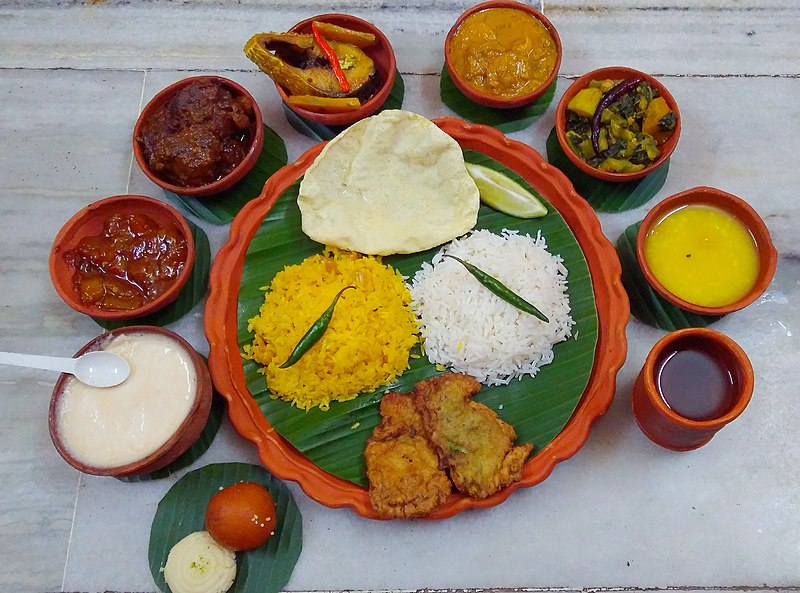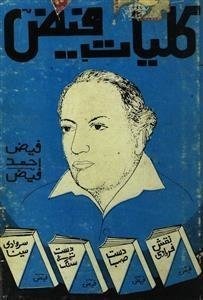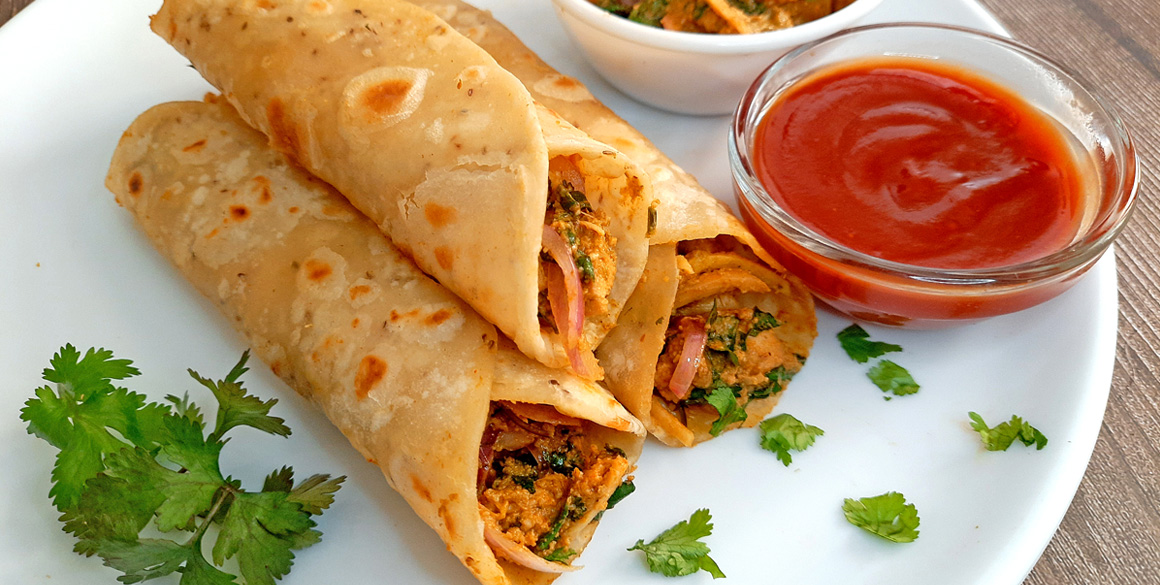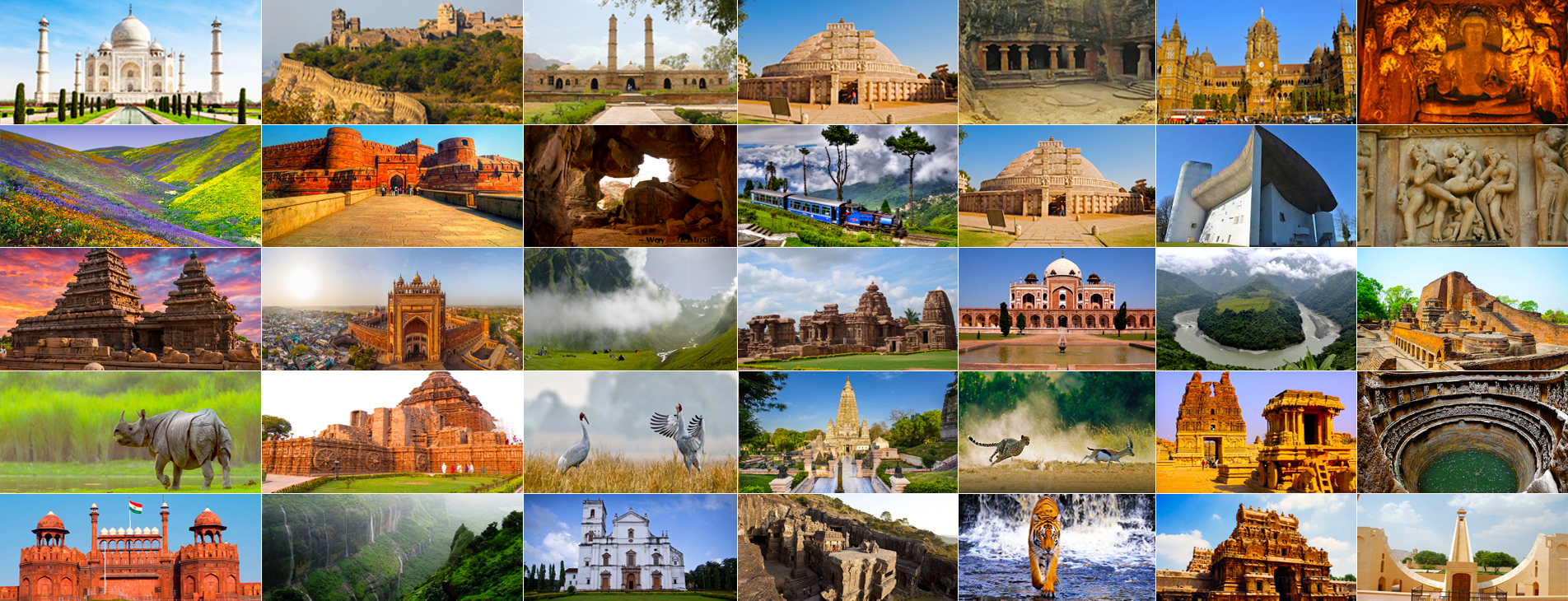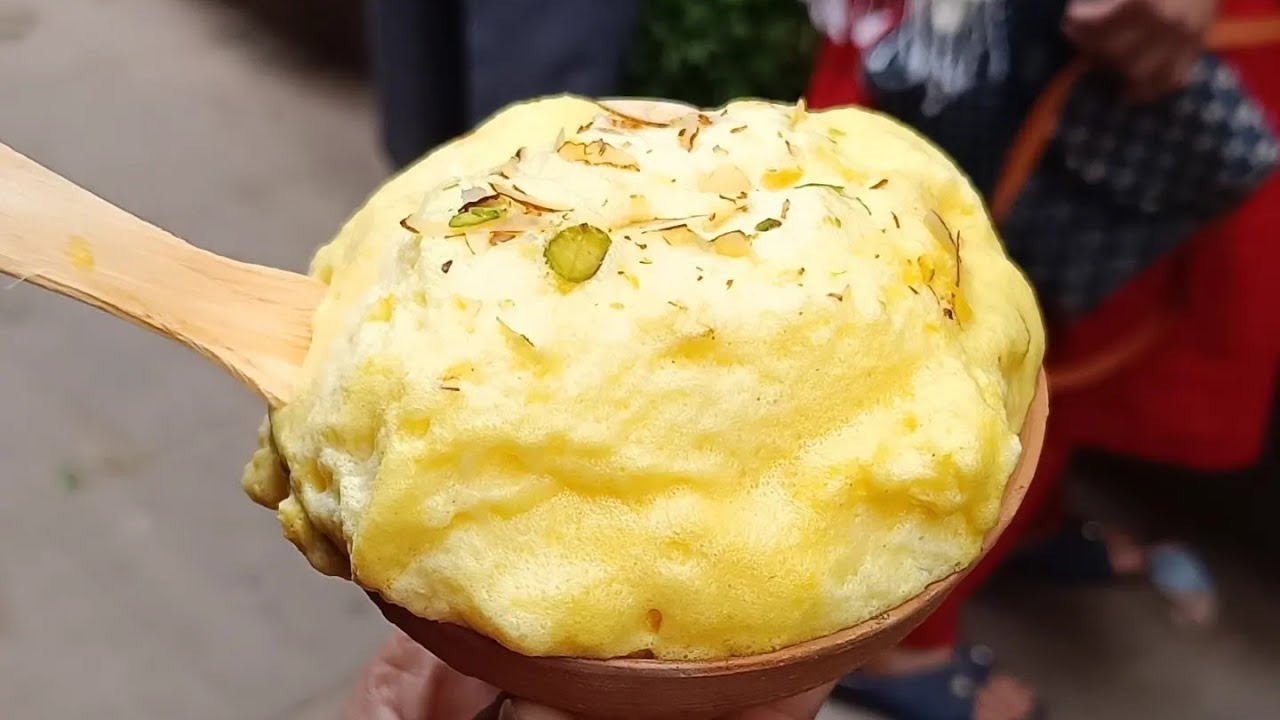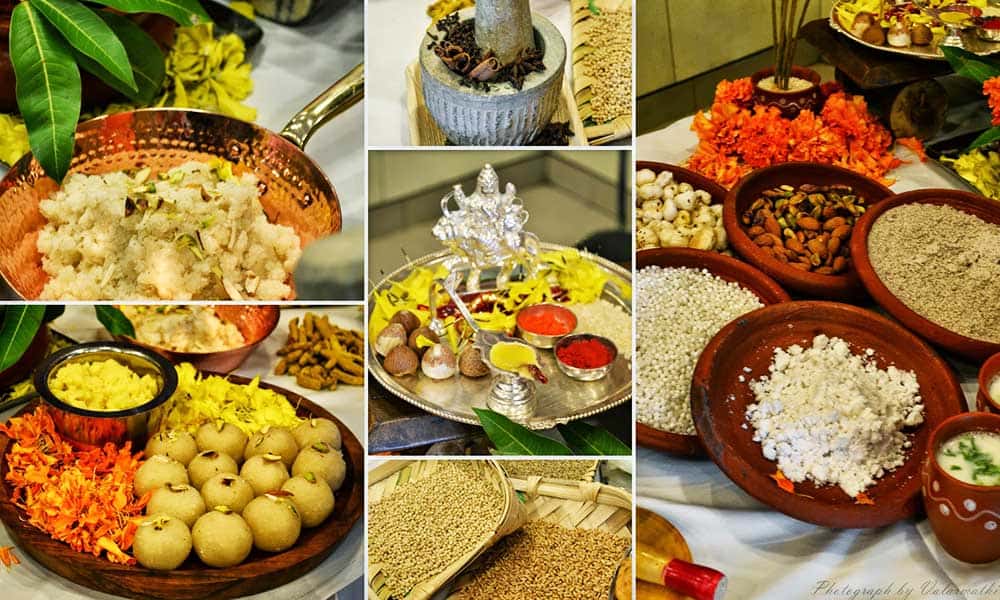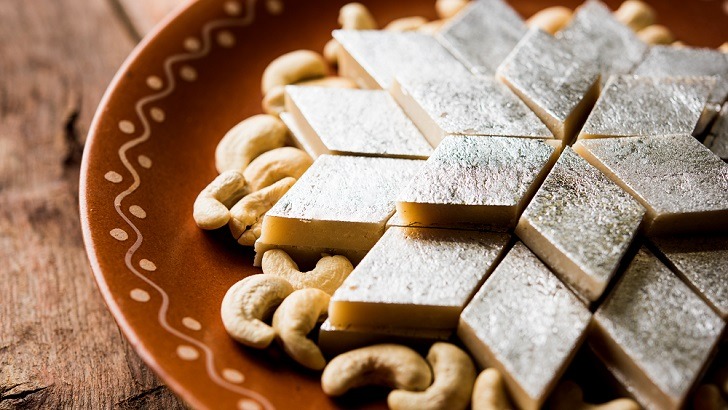
Kaju Katli, the beloved Indian sweet made from kaju (cashew), sugar, ghee, and cardamom, is a festive essential during Diwali and Ganesh Chaturthi.
Its signature diamond shape and silver foil make it a symbol of celebration and prosperity. But did you know how kaju made its way to India?
Kaju is not native to India; it was introduced by the Portuguese in the 16th century, who brought it from Brazil. Over time, it became a prized ingredient in Indian sweets and cuisine, especially in royal kitchens.
The sweet itself has historical roots in the Mughal era, during the reign of Emperor Jahangir. At that time, Guru Hargobind, the sixth Sikh Guru, along with 52 Indian kings, was imprisoned in Gwalior Fort.
The Guru uplifted spirits and living conditions for all prisoners. Eventually, Jahangir agreed to release him. In a clever move, Guru Hargobind had a special robe made with 52 tails, allowing all the kings to walk out with him on Diwali, a day now celebrated as Bandi Chhor Divas.
To honor this act, the royal chef created a new sweet from crushed kaju and almonds marking the first ever Kaju Katli, a dessert forever tied to freedom and festivity.
Post a comment
5 must-read books on this world poetry day!
- 21 Mar, 2025
- 2
The Secret Behind Calcutta’s Kathi Roll You NEED to Know!
- 25 Apr, 2025
- 2
India Now Has 43 UNESCO World Heritage Sites—Here’s the Full...
- 20 Apr, 2025
- 3
Malaiyo: A cloud you can eat but only before noon!
- 06 Mar, 2025
- 2
When your Navaratri cravings say ‘fast’ but your heart says...
- 29 Mar, 2025
- 2
Categories
Recent News
Daily Newsletter
Get all the top stories from Blogs to keep track.







